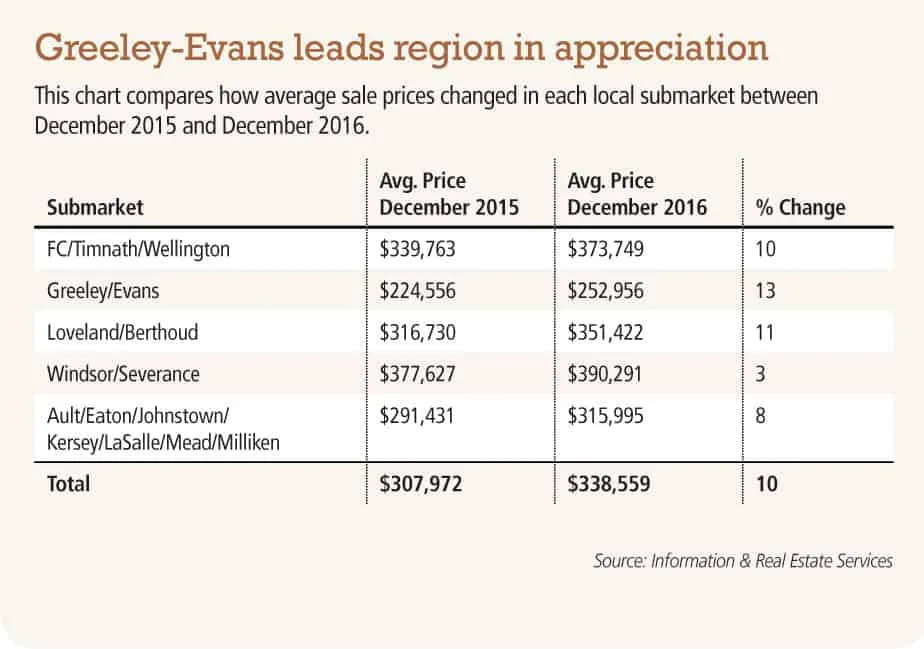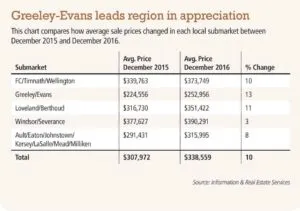Taking a look at two sides of Northern Colorado’s ‘Main Street’

 Interstate 25 can be called Northern Colorado’s “Main Street.” It also serves as a geographic dividing line of sorts, roughly down the middle of the region’s housing market. From that perspective, we can make some interesting observations.
Interstate 25 can be called Northern Colorado’s “Main Street.” It also serves as a geographic dividing line of sorts, roughly down the middle of the region’s housing market. From that perspective, we can make some interesting observations.
For instance, on the west side of I-25, 5,708 homes were sold during 2016 for about $2.1 billion — an average price of $365,738. On the east side, 4,532 homes were sold last year for about $1.35 billion — an average of $298,298
One conclusion from comparing sales between submarkets…
THIS ARTICLE IS FOR SUBSCRIBERS ONLY
Continue reading for less than $3 per week!
Get a month of award-winning local business news, trends and insights
Access award-winning content today!
